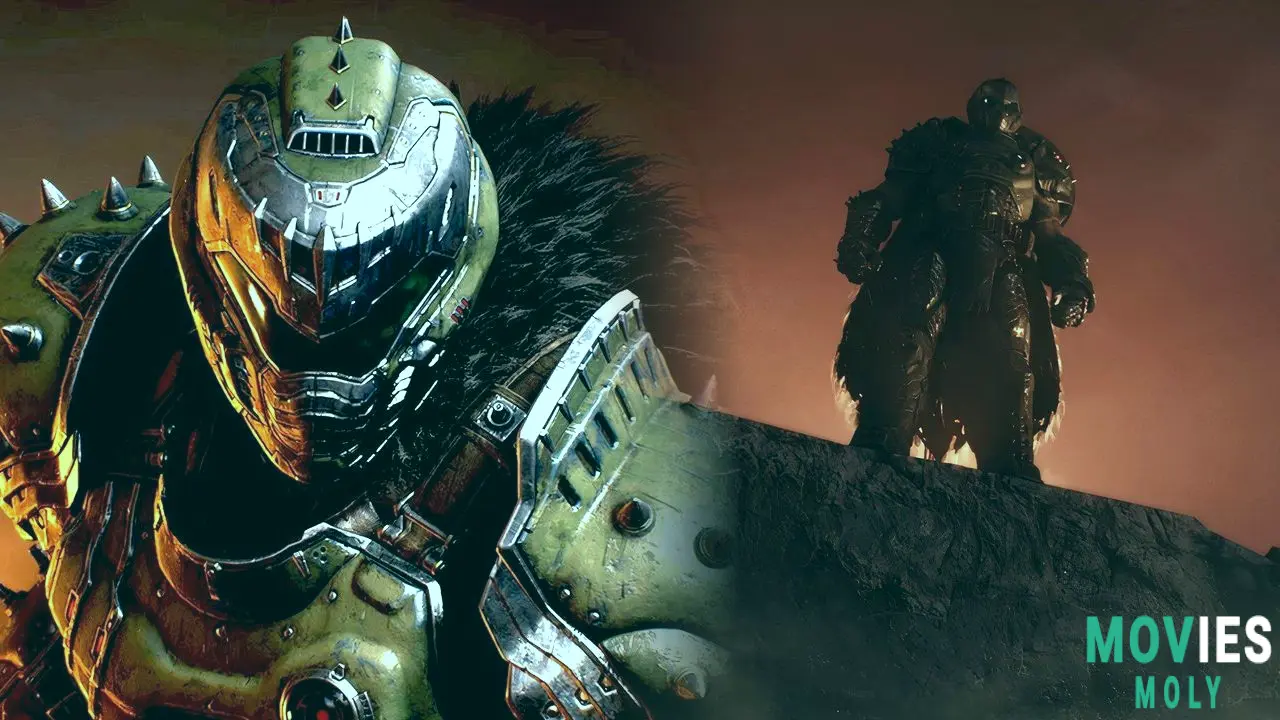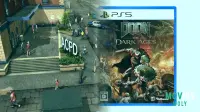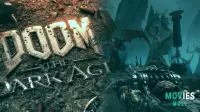After four years of development, id Software has delivered a new Doom that doesn’t just lean on the legacy of the 2016 and Eternal games—it actively reshapes it. Doom: The Dark Ages isn’t simply more of the same demon-blasting carnage. It’s a forward step that dares to slow down the pace, add a shield, and put the Slayer into a medieval hellscape that feels both familiar and brand new.
The Slayer’s shield changes combat in unexpected waysThe biggest change in Dark Ages is the introduction of the Slayer’s Shield. This isn’t just a defensive tool—it’s the core of an entirely new combat rhythm. Instead of dodging every attack, you now have the option to block or parry enemy fire. Green-glowing projectiles can be reflected back at demons, stunning them and turning their own aggression against them. It flips the script on the “stay mobile or die” mantra of previous Doom games.
Timing a parry feels satisfying without being punishing. And with the ability to bash your shield into enemies to close the distance—or even throw it like a saw-blade to decapitate foes—you're given a toolkit that’s both tactical and explosive. It helps that these moves work in tandem with your entire weapon arsenal, letting you play defensively one second and aggressively the next.
Medieval settings mix with sci-fi horror in striking fashion
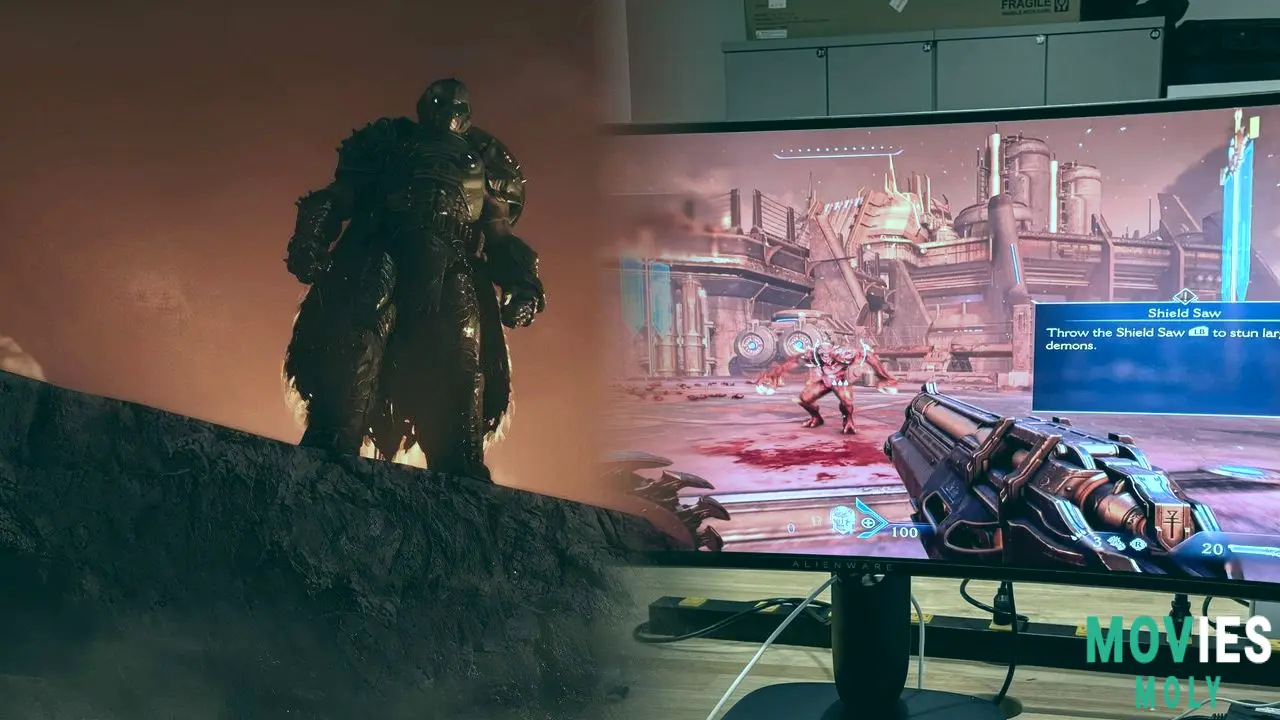
As a prequel to the 2016 reboot, The Dark Ages takes the Slayer back to a time before he was even aware of himself—literally. The story may not dig deep into the Slayer’s psyche, but it doesn’t need to. Instead, it fills in the gaps of the Doom mythos with a blend of medieval castles, cosmic horror, and sci-fi temples. The environments are varied and often breathtaking, with a welcome detour into a Lovecraftian Cosmic Realm that introduces mind-bending puzzles and eerie atmospheres.
While the narrative still centers on the eternal struggle between humans, demons, Maykrs, and Sentinels, it at least gives the Slayer some allies to fight alongside. For once, it feels like you’re part of a larger war—not just a one-man show against endless hellspawn. The story never gets ground-breaking, but it hits the right notes when it matters.
Enemy design and combat synergy reach new heights
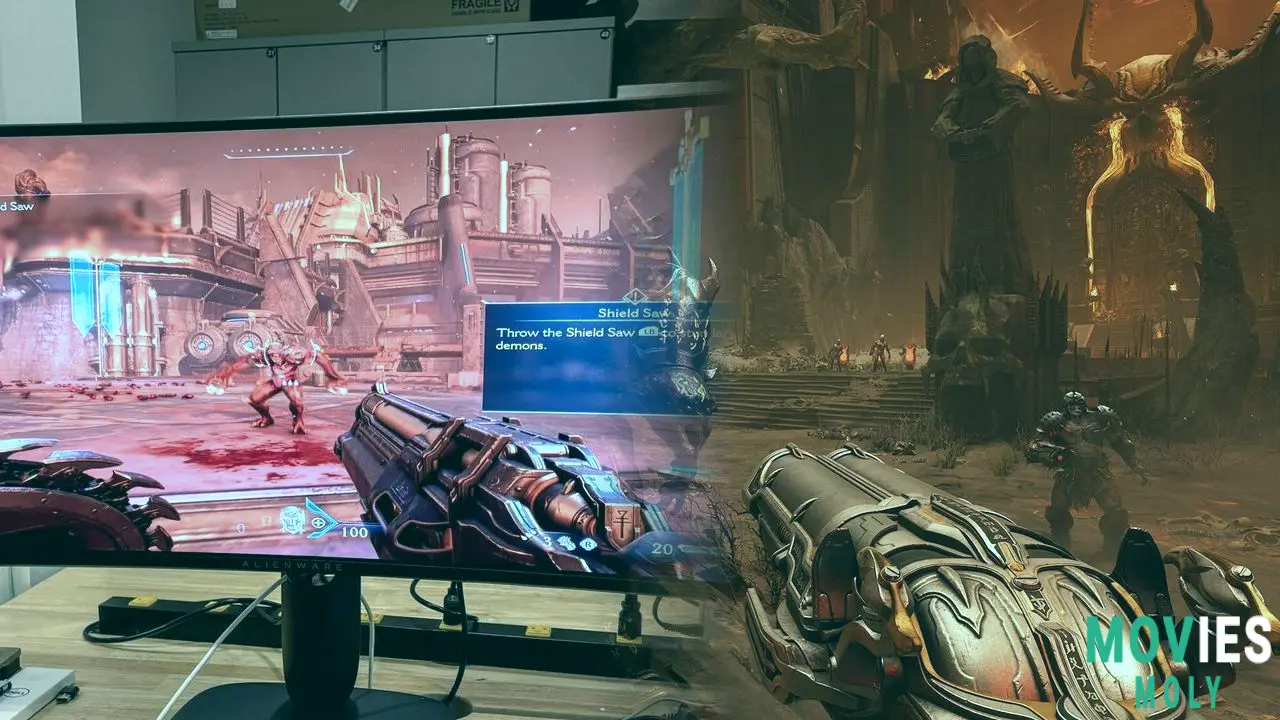
The Dark Ages brings back all the classic demons—Imps, Hell Knights, Mancubi, Cyberdemons—and gives them new twists to fit the medieval theme. Pinkies now charge as mounts with demon archers on their backs. Cacodemons from the Cosmic Realm have new attack patterns. Even the Vagary makes a welcome return as a mini-boss. These aren’t just reskins; they’re reimagined to complement the shield-based combat.
What’s impressive is how every enemy has a clear weakness exploitable with your shield and weapons. Unlike Doom Eternal, where you juggled weapon-specific takedowns, here you’re free to experiment. Want to stun a demon with a shield parry and follow up with a ballista shot that makes it bleed for health? Go for it. The combat encourages creativity without demanding split-second micromanagement.
Exploration is rewarded with massive levels and meaningful upgrades
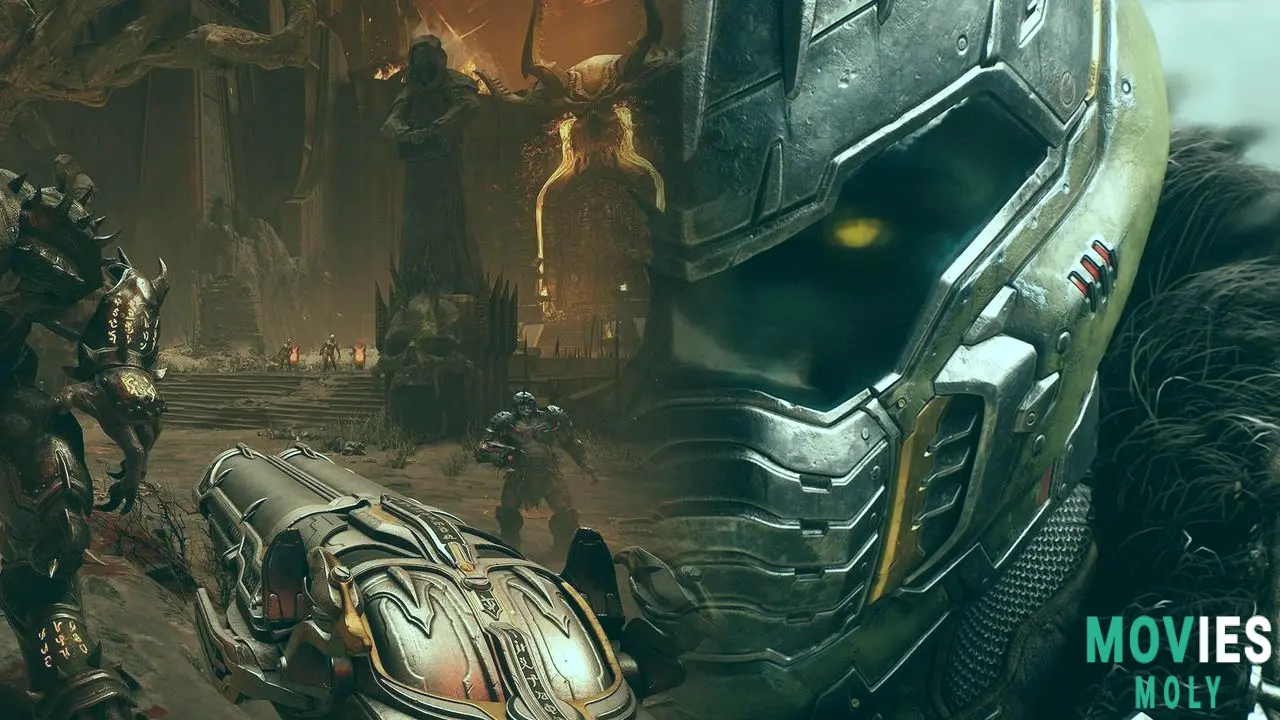
The levels in The Dark Ages are some of the largest and most open in the series. They invite you to roam, hunt for secrets, and engage with demon hordes in the order you choose. It’s a bit of a double-edged sword—some areas can feel sprawling without always making combat encounters more interesting. But when you find a new weapon, a shield ability, or an upgrade that changes how you play, it never feels like busywork.
Speaking of upgrades, the game nails the pace of progression. New tools and abilities are sprinkled throughout the campaign, keeping the combat loop fresh. The weapon designs lean into the medieval vibe—rail-spikes instead of bullets, a steel ball launcher in place of a classic sniper—but they all hit with the same satisfying punch you expect from Doom.
Vehicle sequences and soundtrack can’t quite match the core gameplay
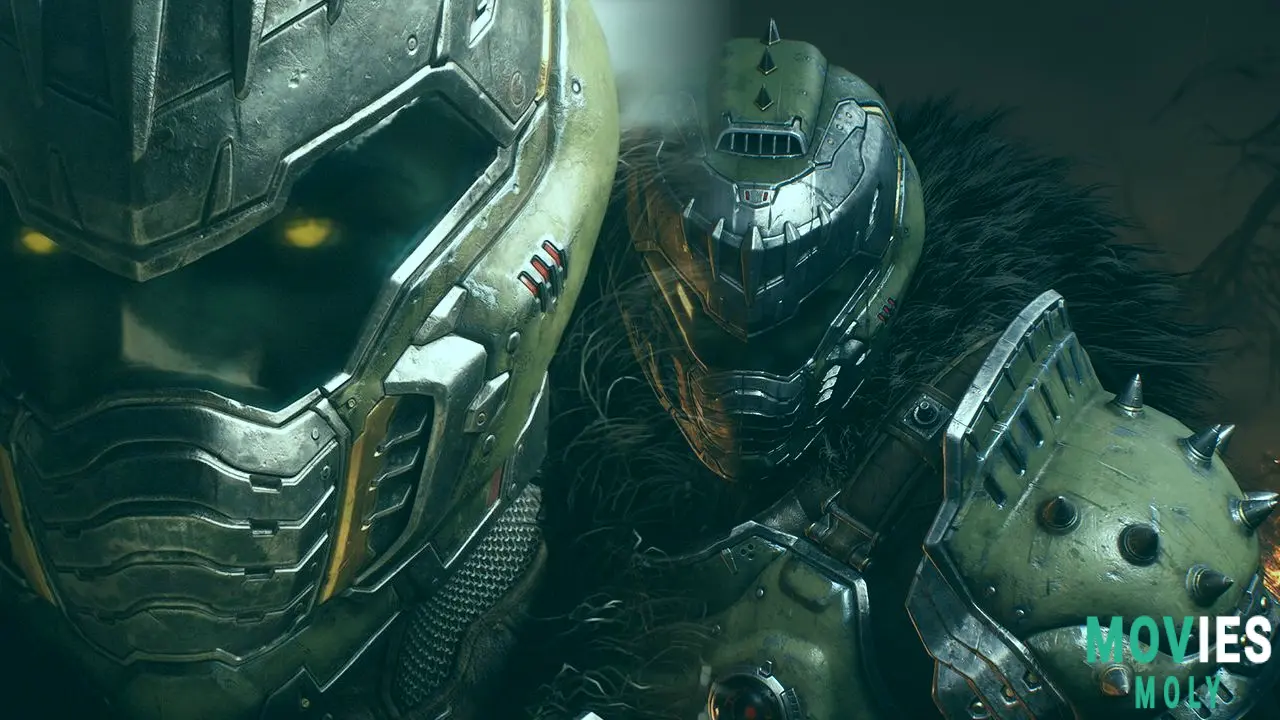
There are moments when The Dark Ages tries to mix things up with mech battles and dragon flying sections. These are fun in a “cool for a minute” kind of way but don’t offer the depth of the main combat. The mechs feel like slow-motion button mashing, and the dragon sequences are repetitive in their dodge-shoot pattern. They don’t drag the game down, but they don’t add much either.
Finishing Move’s metal soundtrack sticks to the genre’s expectations, but it doesn’t reach the iconic heights of Mick Gordon’s work. It’s aggressive when it needs to be, but rarely inspired. Still, with a game this loud and chaotic, the music only needs to fuel the fury—and it mostly does that.
A riskier, more grounded Doom that still delivers on demon slaughter
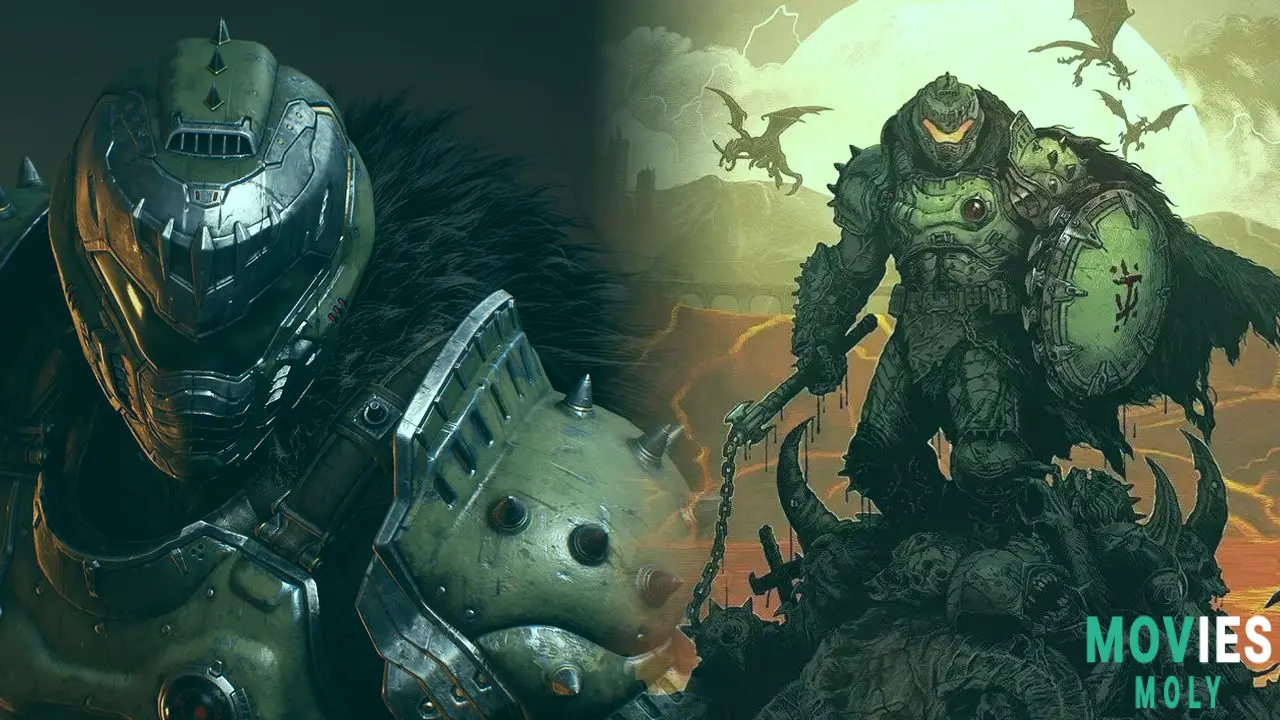
By removing multiplayer and leaning into a parry-heavy combat system, Doom: The Dark Ages takes a risk. It’s a risk that may not pay off for everyone, especially those who loved the speed and mobility of Doom Eternal. But id Software has clearly put thought into what it means to fight as the Slayer. The result is a game that feels like a heavy metal ballad instead of a punk rock anthem. Slower, tougher, more tactical—but still brutal and unrelenting.
This is the Slayer with a shield—not just in his hand, but at the center of his combat identity. And it works.

